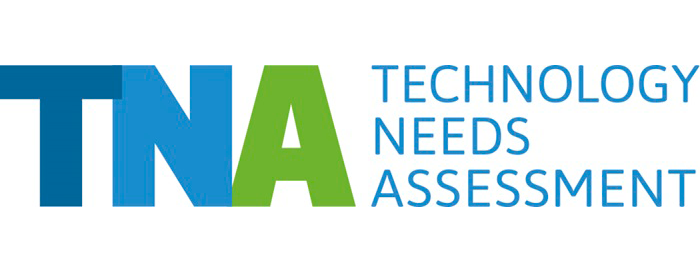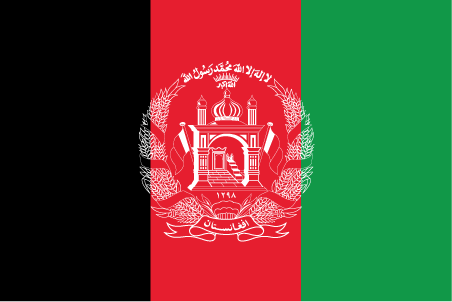Afghanistan is currently in the process of working on its TNA. It has finalized its Barrier Analysis and Enabling Framework, and work is now underway to finalize the Technology Action Plans.
Afghanistan is a landlocked country situated at the hub of South Asia and Central Asia. To the south and east Afghanistan shares a border with Pakistan, to the west it shares a border with Iran, and its northern border touches the Central Asian countries of Turkmenistan, Uzbekistan and Tajikistan. Agriculture contributes an estimated 31% to the country’s GDP, and approximately 85% of Afghans depend on primarily rain-fed agriculture and agribusiness for their livelihoods.
As a mountainous country, with dry lands and frequent droughts, Afghanistan is experiencing increasingly extreme weather that affects the availability of water, threatening the supply of drinking water, as well as crop production, which is highly dependent on irrigation.
Afghanistan’s TNA contributes to the following Sustainable Development Goals:







